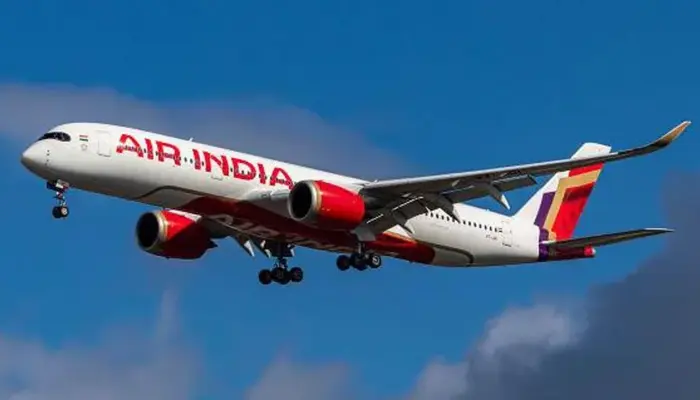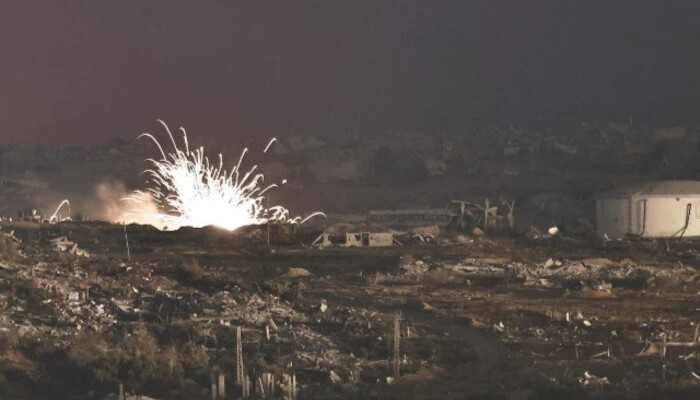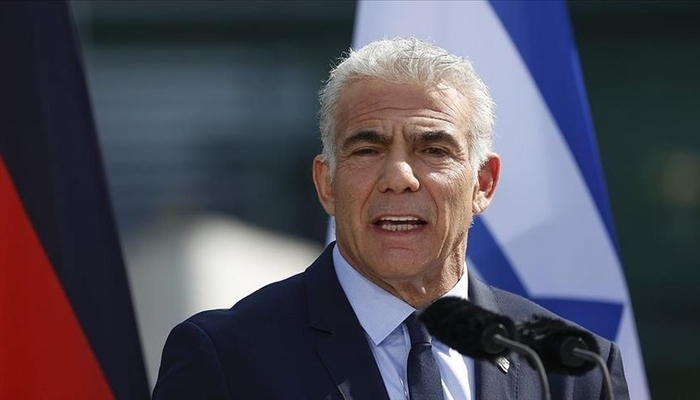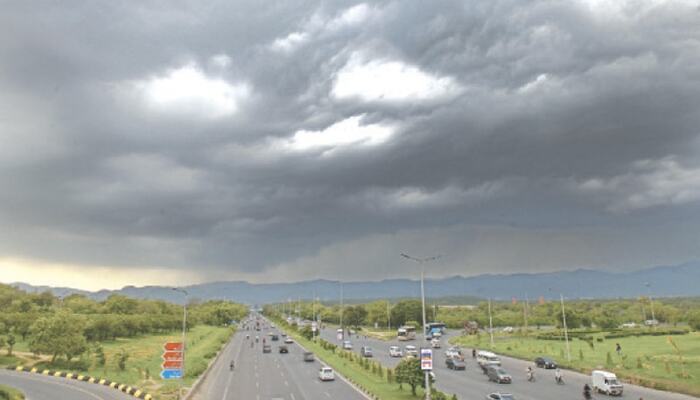
Investigators looking into the crash of Air India Flight 171 have released a preliminary report. It rules out any immediate safety risk for Boeing 787-8 Dreamliners or their GE GEnx-1B engines.
The Aircraft Accident Investigation Bureau (AAIB) in India published the report on July 12. It confirms that no advisories have been issued for aircraft or engine operators after the accident.
The aircraft crashed in Gujarat earlier this month. It was a Boeing 787-8 Dreamliner. The tragedy claimed dozens of lives and sparked questions about what went wrong.
Experts first suspected fuel contamination or a dual engine failure. But the AAIB said fuel samples from the refueling tanks were “satisfactory.”
Only a small amount of fuel was recovered from the plane itself. Investigators took samples from the Auxiliary Power Unit (APU) filter and the Refuel/Jettison valve on the left wing. Those samples have not been fully analyzed yet.
Testing will be done at a specialized lab that can handle such small amounts. The final results may provide more answers in the coming weeks.
Crew Cleared to Fly Before Departure
The report confirms that the pilots and cabin crew were fit to operate the flight. They passed breathalyzer tests and completed all required checks before takeoff.
Both pilots were based in Mumbai. They arrived in Ahmedabad the day before and received enough rest, according to the AAIB.
These findings rule out fatigue or impairment as contributing factors. The focus now shifts to the aircraft systems, fuel control mechanisms, or possible software issues.
Investigators discovered something unusual. Both fuel control switches were moved from “run” to “cut-off” during the flight. Experts say this is not common and usually only happens due to human input or technical malfunction.
Whether this was caused by error, software failure, or a deeper technical issue remains unclear. It is now a key point in the investigation.
No Safety Orders Issued for Boeing or GE
The crashed aircraft had been in global service for 14 years. Air India’s website says the airline operates 58 Boeing aircraft as part of a fleet of more than 190 planes.
So far, the AAIB has issued no safety bulletins for Boeing 787-8s or GE engines. This indicates that no widespread technical fault has been found in the aircraft or engine type.
Aviation analyst Archana Shukla noted that mechanical issues seem less likely now. But she warned that “many troubling questions still remain.”
She pointed out that fuel switches moving to the cut-off position mid-air is highly unusual. This usually needs either crew action or a serious onboard issue.
The absence of a clear mechanical fault points investigators toward either a software-related glitch or human decision-making during the flight. Until further data from the black box is released, the cause remains speculative.
Air India Vows Full Cooperation, Victims’ Families Seek Answers
Air India issued a public statement expressing solidarity with the victims’ families and confirming its full cooperation with the ongoing investigation. A spokesperson said the airline is working closely with the AAIB and other stakeholders, but refrained from commenting on the specifics of the report.
“Air India stands in solidarity with the families and those affected by the AI171 accident. We continue to mourn the loss and are fully committed to providing support during this difficult time,” the airline stated.
The airline also acknowledged receipt of the preliminary report and confirmed that it is supporting investigators.
Meanwhile, families of the victims are still in shock and demanding accountability. Several relatives have voiced frustration over the slow pace of clear answers, particularly around why a seemingly well-maintained aircraft with a fit crew experienced such a catastrophic failure.
The AAIB stressed that these are early findings and that a final report will follow after thorough technical analysis. For now, the investigation continues to focus on flight data, fuel system behavior, and potential human-machine interaction errors.
Follow us on Instagram, YouTube, Facebook,, X and TikTok for latest updates
















